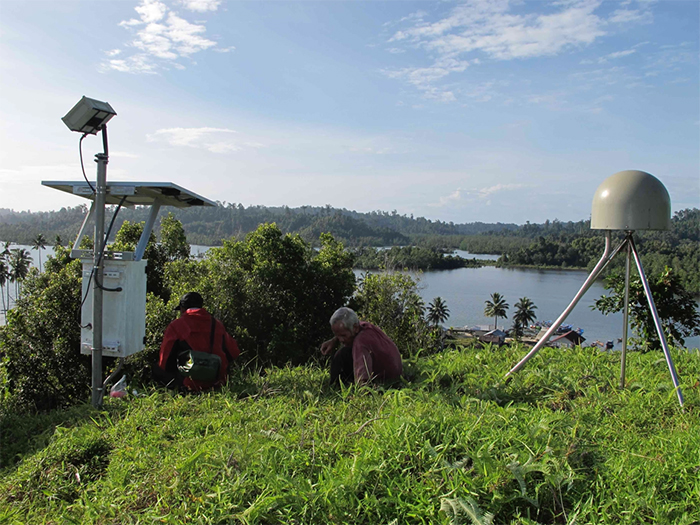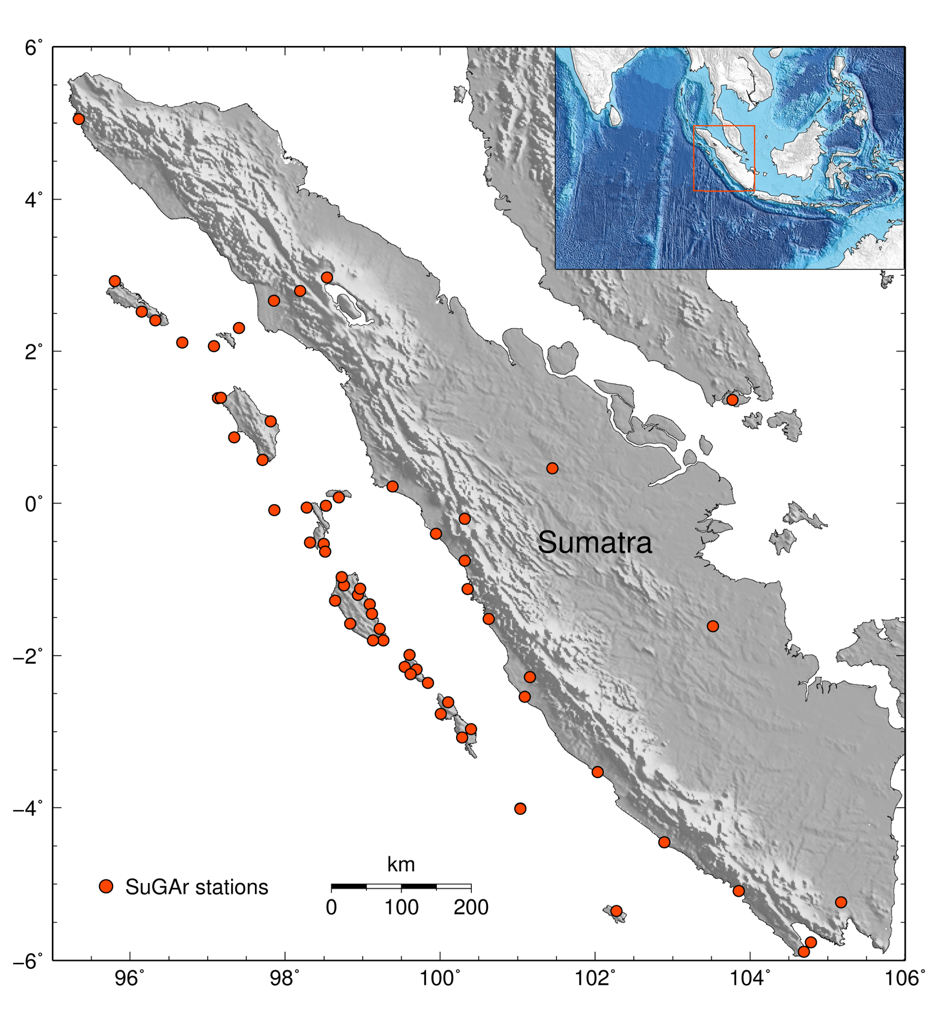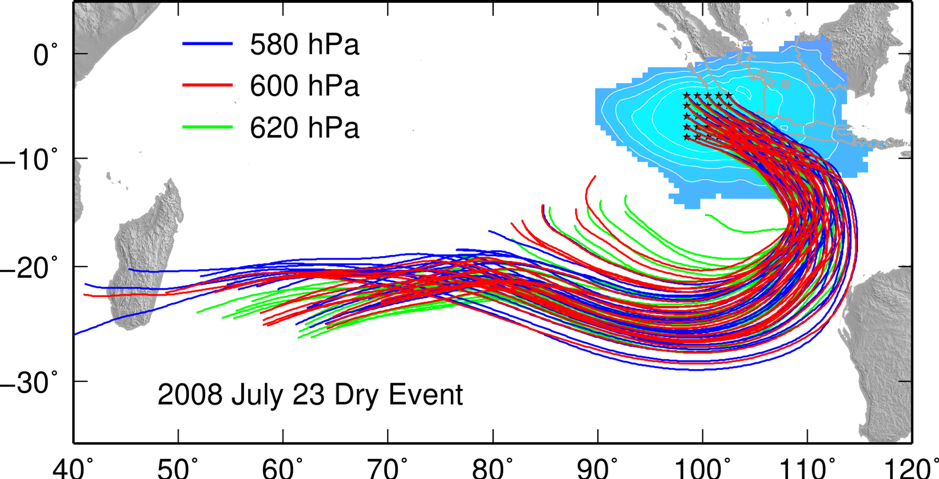In a world largely driven by technology, the Global Positioning System (GPS) is ubiquitous. Best known for providing positioning, navigation, and timing services, the incorporation of this system into smartphones and smartwatches has made it almost indispensable for many.
Scientists at the Earth Observatory of Singapore (EOS) have explored the use of this system for climate research by observing the amount of water vapour in the atmosphere. Atmospheric water vapour, albeit invisible, plays a crucial role in shaping the Earth’s weather and climate.

GPS radio signals travel from GPS satellites at an altitude of ~20,000 kilometres to ground receivers through the Earth’s atmosphere. Because of its physical properties, the atmosphere slows and bends the GPS signals. As precise timing is key for GPS positioning, the atmosphere, particularly water vapour therein, causes a delay in GPS signals.
One type of delay that is directly related to the amount of water vapour along the signal path is called ‘wet delay’. The wet delay must be estimated along with station coordinates in order to achieve positioning precise to the millimetre. These wet delay estimates are regarded by geodesists as noise and are often discarded. Interestingly, in the case of these wet delays, a geodesist’s noise can prove to be useful to an atmospheric scientist.
In our study published in the Journal of the Meteorological Society of Japan, we recycled the wet delay estimates obtained from a regular geodetic-quality processing of GPS data from the Sumatran GPS Array (SuGAr) for positioning. We turned these wet delay estimates into a proxy for the amount of water vapour in an atmospheric column, that is, precipitable water vapour.

The SuGAr is a continuously operating regional network that was first established in 2002 for tectonic and earthquake studies. It has been invaluable to researchers, providing long-term deformation data for better understanding the recent series of great Sumatran earthquakes.
Coincidentally, the SuGAr is also located in an important climate region: it straddles the equator, spans the deep tropics latitudinally, and lies along the western periphery of the Maritime Continent. This climatic region includes the peninsulas, islands, and shallow waters of Southeast Asia, stretching from Malaysia, Singapore, and Indonesia to Papua New Guinea, and the Philippines. This region produces the world's largest regional rainfall.
An unintended application of SuGAr, given its unique location and minute-scale high temporal resolution, is a moisture-sensing network. This enables scientists to investigate multiscale atmosphere processes that affect the western Maritime Continent.
In our study, we looked at how the atmospheric water vapour over Sumatra varies within northern summers. We found that the Indian monsoon strongly affects the water vapour variations in the years without strong inter-annual variability. The atmospheric conditions over India and Sumatra seem to have an inverse relationship: when India is wet, Sumatra is dry, and vice versa. As Sumatra sits in the pathway of the monsoon westerlies (wind blowing from the west), it is a reservoir from which the Indian monsoon pulls the moisture to feed into the western North Pacific monsoon near the Philippines.

We also discovered a surprising secondary influence on the atmospheric water vapour over Sumatra — dry, long airstreams that descend from the drier upper troposphere over the South Indian Ocean to the wetter lower troposphere in the tropics. Known as extratropical (occurring outside the tropics) dry-air intrusions, the first in-situ evidence of these intrusions reaching latitudes close to the equator in this longitude are provided by the SuGAr data. Despite their role in tropical-extratropical interactions, such extratropical dry-air intrusions in the Indian Ocean are severely under-studied compared to their counterparts in the Pacific.
This study has only scratched the surface of a wealth of data with which the SuGAr network can provide climate scientists. We will continue to study this rich GPS dataset to better understand the controlling mechanisms of atmospheric water vapour at all scales, as well as the causes of dry spells and excess rainfall in Sumatra. Stay tuned to the EOS blog for updates on our research.